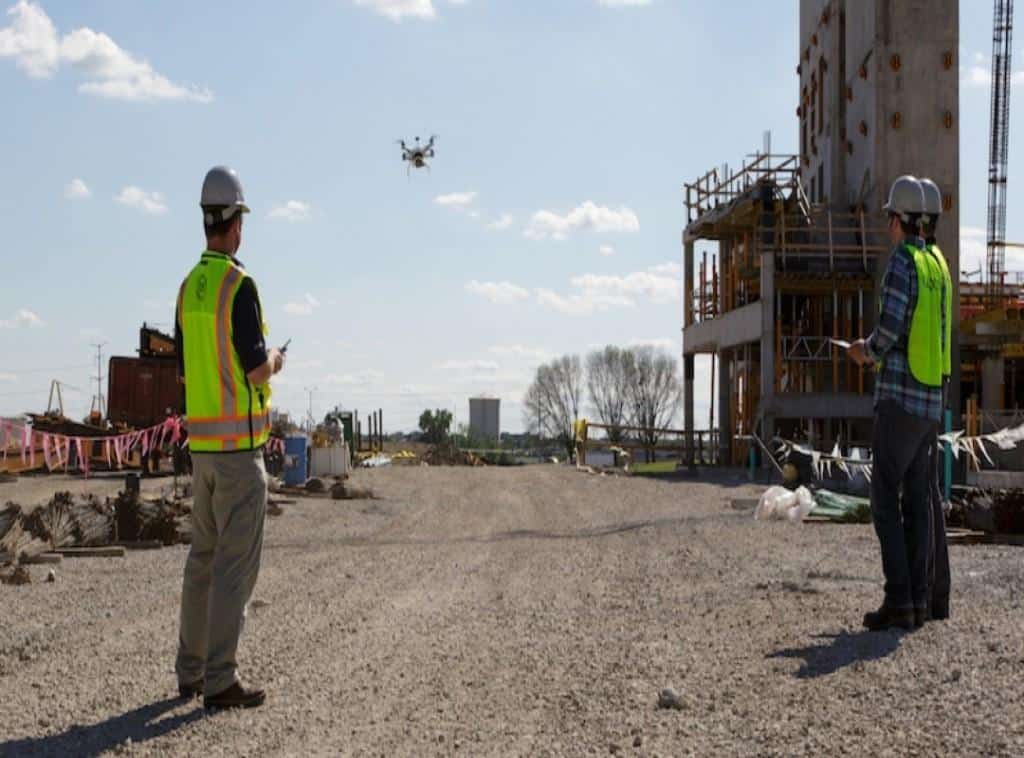Clinical trials are a necessary step in the medication research and development process. A medicine often takes more than ten years going through various stages of clinical trials and regulatory processes before receiving marketing authorization.
The timely completion of various sequential steps, including ethics and regulatory review, investigator site selection, site initiations, participant recruiting with follow-up, monitoring, and data management, is critical to the success of clinical trials. Now, let’s understand some in-depth information on avoiding costly clinical research delays for drug development.
Causes And Consequences
Aside from the immediate impact on clinical trial expenses, delays can have a long-term influence on a drug’s revenue by limiting its patent window. Estimates differ and are challenged, but whether measured in pounds, euros, or dollars, the amount of money wasted due to clinical trial inefficiencies is really in the billions and growing year after year.
While it is critical to recognize the financial consequences of delays, there are also some personal consequences. Hold-ups may create an extra and unwelcome strain on patients, leading them to drop out of studies, compounding the situation. Delays in getting pharmaceuticals to market also imply delays in treatments, which can have an impact on patient outcomes.
While ethics and regulatory review serve a vital purpose in protecting trial participants and assuring the scientific legitimacy of research studies, it is often considered a time-consuming and labor-intensive procedure.
In India, an ethical and regulatory assessment is still done on paper, and the entire procedure for multicentre studies takes roughly a year. As a result, drug trial laws were changed, and new systems for reviewing clinical trial applications and monitoring trial behavior were implemented.
Delays That Are Harmful
A study published in Nature that looked at the reasons for clinical research delays discovered that strategic concerns, commercial hurdles, and operational issues were to a fault in nearly a quarter of all studies.
Similarly, as complexity and interdependence across agencies and across borders increase, so does the pressure on project managers to achieve deadlines. Endpoints in trials have recently increased, with the average number of operations per participant increasing by 58%.
Every member of staff should be properly equipped with the necessary policies and procedures, as well as completely calibrated and ready equipment, in order to begin research activities on the site initiation visit (SIV) day.
Possible Solution
Before initiating the research project, the investigator/sponsor should be familiar with the study population.
Please explain why a trial site would be motivated to participate enroll, and what are the obstacles to participation? The viewpoint of a trial participant during the protocol design process the sponsor should carefully investigate primary sources at this time.
Endpoints can be studied, and other published studies can be reviewed to serve as the foundation for the sampling approach and to simplify the study. Virtual screening techniques should be used as much as feasible.
Recruitment is critical to have projections and ongoing monitoring of recruiting in order to offer a quick assessment of the situation. Consider taking help from preclinical CRO that follow Lean Six Sigma practices to achieve higher levels of efficiency and productivity.
Conclusion
Clinical trial delays are frequent, but not unavoidable. Understanding the possible risks and putting mechanisms in place to mitigate them may help your study be a success for both the sponsor and the patients who participate.
And everything is inside the trial budget. With world-class healthcare facilities, competent investigators, and just a large patient pool with a wide range of medical disorders, India is unquestionably a potential center for the clinical trial sector.
However, few clinical studies have been finished on schedule over the last decade. The current revamp of India’s regulatory framework is viewed as a much-needed course correction.
You May Also Like: Tackling Post-COVID Effects







